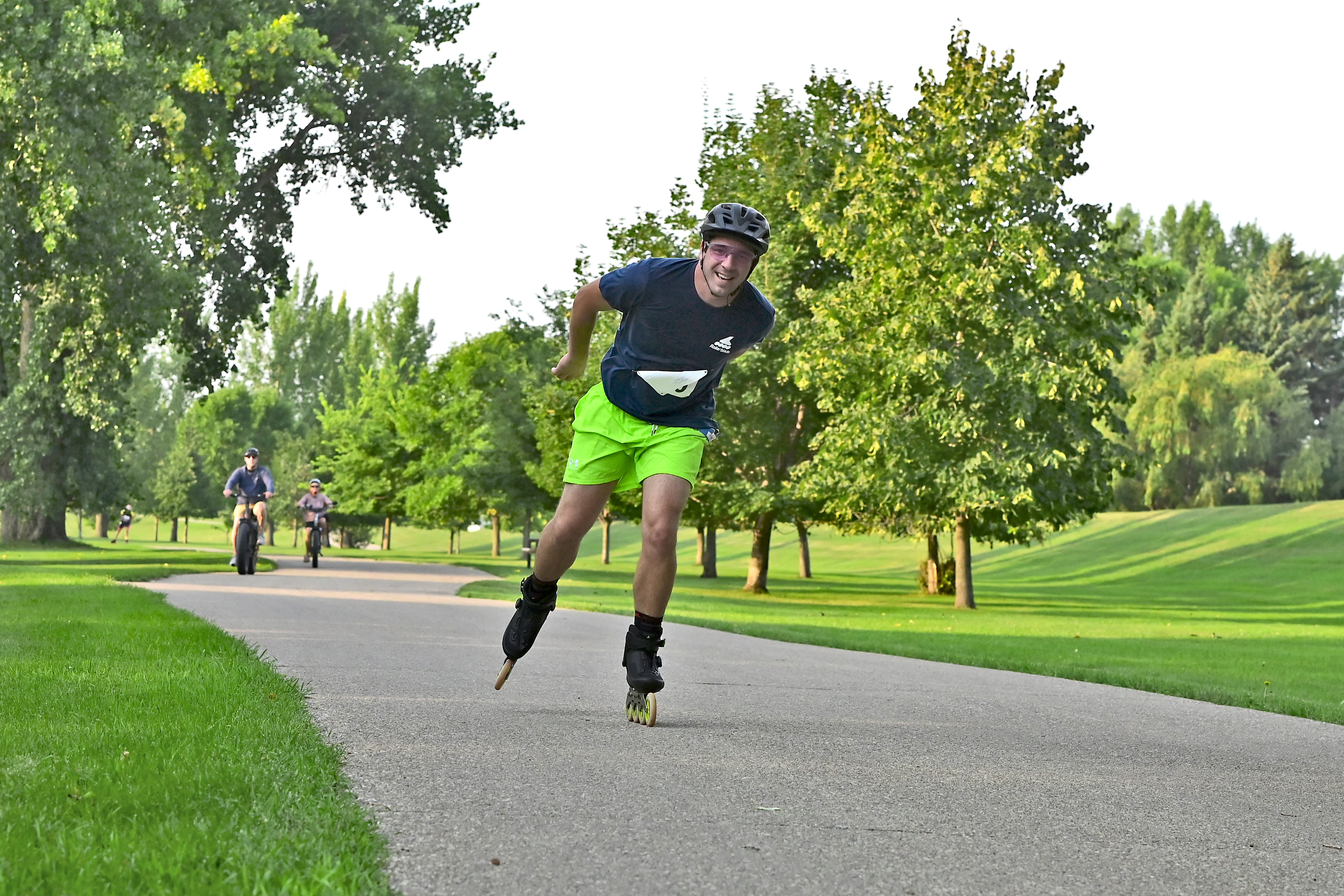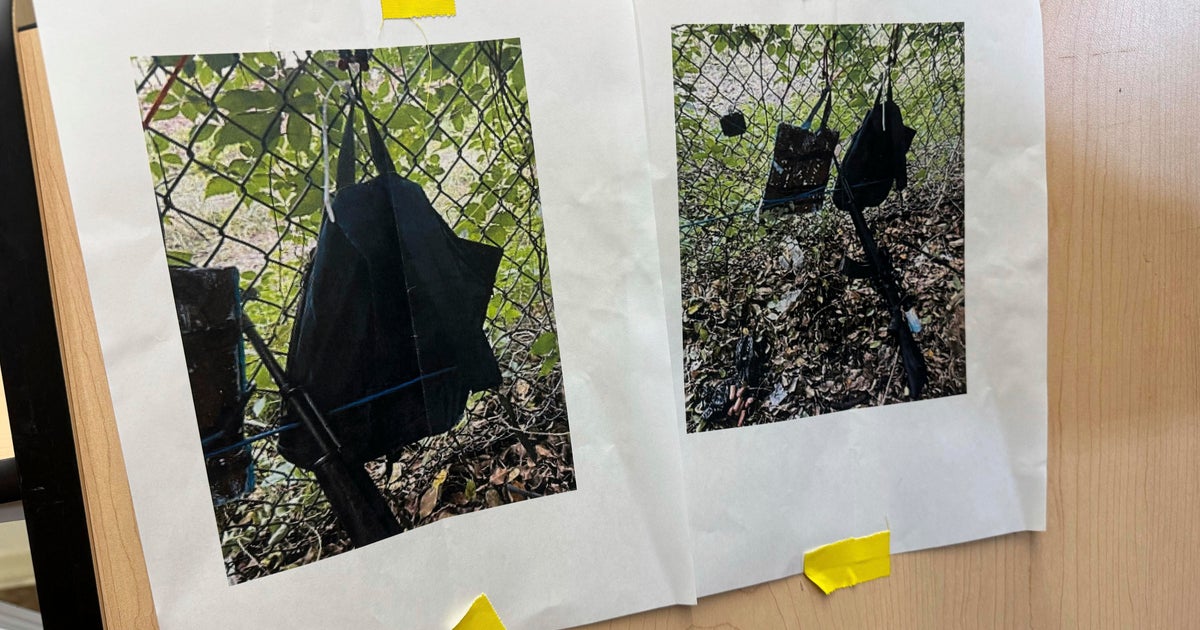Star Tribune
Some Minneapolis workers are getting big raises. Will they all?
Police union: 21.7% raise by July 2025.
Public works Laborers Union: 30% raise by January 2026
Who’s next — and is this sustainable?
The two eyebrow-raising raises are among the largest to come out of recent labor negotiations between the city of Minneapolis and unions that represent the bulk of the city’s roughly 4,000 employees.
More are coming. At least a dozen unions representing more than 1,100 city workers have recently entered or are about to enter bargaining talks with the city as their contracts expire.
Their anticipated raises — and there’s little doubt they will all get raises — are among the primary drivers of a projected $21.6 million budget deficit that threatens to increase residential property taxes more than the steady clip of tax hikes residents have already seen in recent years.
The specter of stiff tax hikes, which would likely hit lower-income and working-class neighborhoods the hardest, is on the minds of Mayor Jacob Frey and City Council members as the mayor prepares his 2025 budget proposal and council members prepare to put their imprint on it.
Frey’s administration says they support reasonable raises for city workers, many of whom have watched their wages stagnate compared to the private sector in the years since the coronavirus pandemic. But, they insist, they’re not about to enter a perpetual upward spiral of raises that will lead to overpaid workers and empty city coffers.
“As a city, Minneapolis has an obligation to allocate public funds responsibly and invest in our world-class workforce,” City Operations Officer Margaret Anderson Kelliher told the Star Tribune. “That’s why we undertook a comprehensive market analysis to help ensure decision making around job classifications and wages is rooted in comparable data and staying competitive in a tight labor market.”
Political dance
It’s a tricky dance politically in a liberal city that’s been a bastion of organized labor for as long as anyone can remember; all 13 council members and Frey portray themselves as friends to labor and champions of workers’ rights — and they often rely on unions and pro-labor groups for campaign resources. Yet they’re also the management for a major employer and custodians of the money of taxpayers struggling to keep up with rising costs — but clamoring for government services.
This came into focus during the recent deliberations over the police union contract, when leaders of the council’s more progressive majority suggested they might not approve the contract if certain conditions weren’t met, including unspecified “pay equity” for workers in another union, AFSCME Local 9, which represents nearly 750 workers across three bargaining units in various city roles.
Frey rebuffed the idea, and the council approved the police contract after public hearings featured numbers of residents calling for raises to fairly compensate cops and recruit new ones. But the signal to AFSCME workers was clear: A majority on the council has the union’s back if they don’t come out of bargaining with a strong enough pay package.
One of the AFSCME units representing about 670 clerical and technical workers recently began talks with the city.
Senior city officials have refused to reveal what figures they used to estimate the raises — the numbers that make up the projected $21.6 million deficit. Disclosing such estimates, they note, could tip their hand in negotiations.
But there’s little doubt that when one union scores a victory, others take notice. One example of that right now: the striking Minneapolis park workers.
Those 300 striking park maintenance workers are members of the Laborers Local 363 — the same union that won record-setting raises for more than 400 city public works employees in March. Last week, the union and the Minneapolis Park and Recreation Board (a separate government entity from the city) squabbled over whether the park board’s latest offer would result in workers being paid more or less than their brethren in similar city positions.
The City Council on Thursday overwhelmingly passed a resolution declaring it “stands in solidarity” with the striking workers.
On Thursday, after the council approved the police union contract, members debated how to pay for it, ultimately approving a plan that appears to spread the costs of future raises across the next two years. It’s not clear that will be an option if other bargaining units succeed in negotiating large raises.
What workers are paid
Here are some examples of annual pay for unionized city employees, not including benefits or overtime, according to city data:
- Top-scale senior assistant city attorney: $176,000
- Building inspectors: from $105,000 to $113,000
- 911 dispatch workers: from $86,000 to $104,000
- Office support staff: from $55,000 to $75,000
- Top-scale custodian at Minneapolis Convention Center: $60,000
- Public works service workers, many of whom drive plows in the winter: $41,000 to $68,000
A good rule of thumb for judging whether those wages are higher or lower than the private sector is this: Jobs that require less training and education often pay more in the public sector, but as the level of education of the worker goes up, the government jobs quickly fall behind the private sector, according to numerous studies from the federal Bureau of Labor Statistics.
Like most unionized jobs, the pay goes up the longer you work in the position. Union contracts rarely preclude employers from paying workers more, but merit pay and annual bonuses are rare in government work.
Once workers reach the top scale, they’re unlikely to get a raise until a new contract is inked.
How high are the raises?
Both city officials and union leaders say hefty raises are overdue, as the city struggles to compete with rising wages in the private sector.
Most of the the city’s 22 bargaining units have three-year contracts, a factor that leads to a common phenomenon when comparing government workers, who are largely unionized, to non-government workers, who are generally not: Government workers’ raises tend to lag behind the rest of the workforce.
Statewide, Minnesota wages for both public and private sector workers rose 4.2% from spring 2023 to spring 2024, according to state data. During roughly that same period, nearly every group of city workers, both unionized and non-unionized, saw raises of 2.5% or 3.25%, according to a Star Tribune and city examination of all the labor agreements. Many of those contracts sought to catch up this year, when typical raises ranged from 3.25% to 4.5%, with several bargaining units winning raises between 6.5% and 7.25%.
Meanwhile, Minneapolis has struggled to hang on to workers and attract new ones coming out of the pandemic, mirroring state and national trends. As of January 2023, statewide public sector employment, already the lowest share of the workforce for any state in the nation, remained 3.3% below pre-pandemic levels, according to an analysis by the Minnesota Department of Employment and Economic Development.
Star Tribune
Inline skater dies after Duluth marathon

A participant in an inline skating race held Saturday on Saturday died following the race, race officials announced on a Facebook page Sunday.
Mike Lufholm, 36, of Minneapolis, was remembered in Northshore Inline Marathon organizers’ Facebook post as an active member of the rollerblading community. He died following an apparent medical incident at the race course.
“Mike was a true ambassador for inline skating with a passion for the sport,” one commenter said. Another recalled seeing him in Duluth before the race with his wife and newborn daughter Friday.
Lufholm grew up in northern Minnesota and began skating in middle school, according to his team member profile on Rollerblade.com.
Race officials thanked participants who came to Lufholm’s aid, first responders and medical professionals who helped provide care.
“Our hearts go out to his wife, daughter, family, and all those who were close to him. He made such an impact on the rollerblading community,” the Facebook post said.
Star Tribune
Wood Lake wildfire in Minnesota’s BWCAW partly contained

A 27-acre wildfire believed to be caused by human activity near Ely in the Boundary Waters Canoe Area Wilderness was 25% contained Sunday morning, according to the U.S. Forest Service.
The Wood Lake fire was discovered around 10 a.m. Tuesday on an island on Wood Lake, a news release from the U.S. Forest Service-Superior National Forest said. It caused the closure of an entry point on the lake, as well as several nearby lakes and portages.
“Firefighters made good progress yesterday with higher humidity levels, continuing to reinforce the fire’s containment line,” the news release said Sunday, noting that firefighters are making contingency plans around Moose Lake.
Firefighters from Connecticut are assisting in fighting the fire.
The fire is under investigation, and Superior National Forest law enforcement are seeking any information about how the fire started.
Star Tribune
MN SWAT officers shoot, wound man during hourslong standoff
A sheriff’s deputy wounded a man during a standoff in western Minnesota early Sunday.
The Yellow Medicine County Sheriff’s Office was called for a welfare check at a house near Clarkfield, south of Montevideo, Saturday afternoon, the agency said in a news release. When officers arrived, the man they meant to check on fled into a farm field with a rifle, the release said.
Sheriff’s deputies rushed neighbors out of the house next to the field, and said the man pointed his rifle at them before running into the just-vacated house.
Deputies surrounded the house and tried to talk to the person, but called a SWAT team when they could not persuade him to come outside. Members of the Kandiyohi-Meeker-Willmar SWAT team arrived and also tried to talk the person out of the house.
The man fired at the SWAT team, according to the sheriff’s office. A member of that SWAT team shot back, hitting the man in the leg. The standoff continued.
Two other SWAT teams relieved the Kandiyohi-Meeker-Willmar team after about eight hours, according to the sheriff’s office.
Just after 6 a.m. Sunday, the man left the house and shot a long gun at the SWAT teams. Another SWAT team member shot back and hit the man.
The man was taken to HCMC by helicopter and was in stable condition Sunday afternoon.




